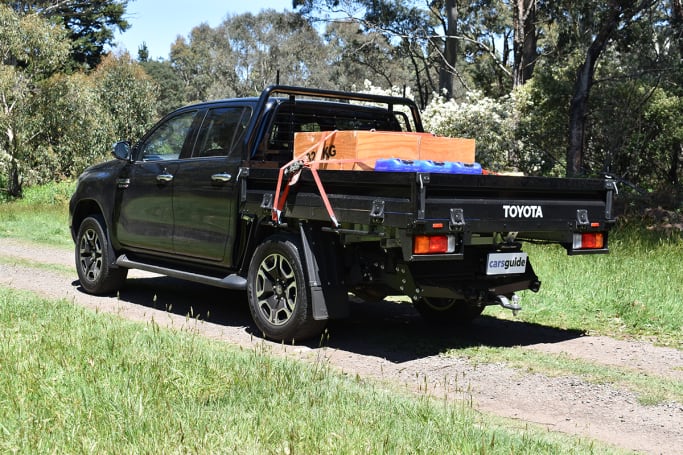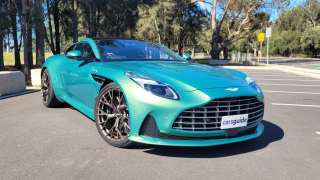Our Eclipse Black 4x4 test vehicle, in deluxe SR5 grade with 2.8 litre turbo-diesel and six-speed torque converter automatic, has a list price of $58,420 - or $1500 less than the ute-bodied version. Toyota’s colour-matched Heavy Duty Steel (HDS) tray adds another $4319.82 (fitted) and raises the price to a rounded-up $62,740.
The SR5's many standard features not shared with its Workmate sibling include 18-inch alloys and 265/60 R18 road-biased tyres with a full-size spare, heated power door mirrors and variable intermittent wipers, LED daytime running lights and LED headlights with auto-levelling, privacy glass, side steps, tow-bar, chrome door handles and a rear diff lock.

There’s also a smart entry/start system to access a more sumptuous interior with carpet, high-grade driver and front passenger seats, premium seat fabric, air-conditioned upper glovebox/cooler box, 60/40-split rear seat with fold-down central armrest, climate control air-con with console air vents for the rear seat passengers, 220-volt accessory socket, sat-nav, DAB+ digital radio and a quality six-speaker (as opposed to twin-speaker) sound system.


















